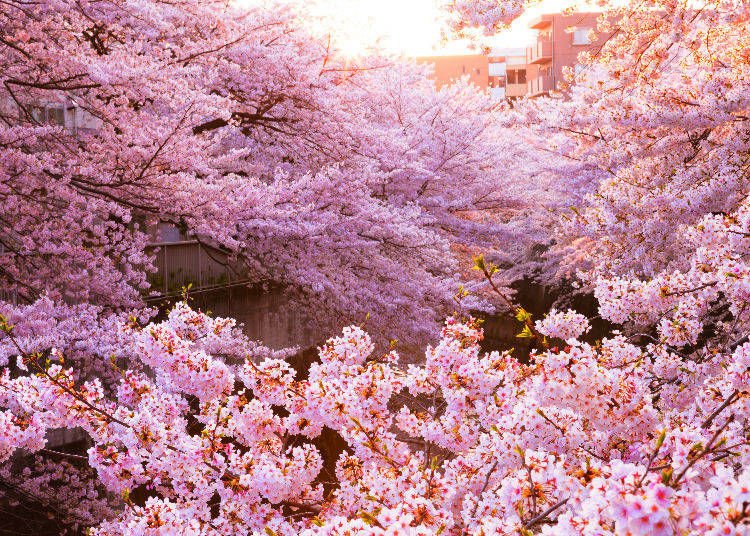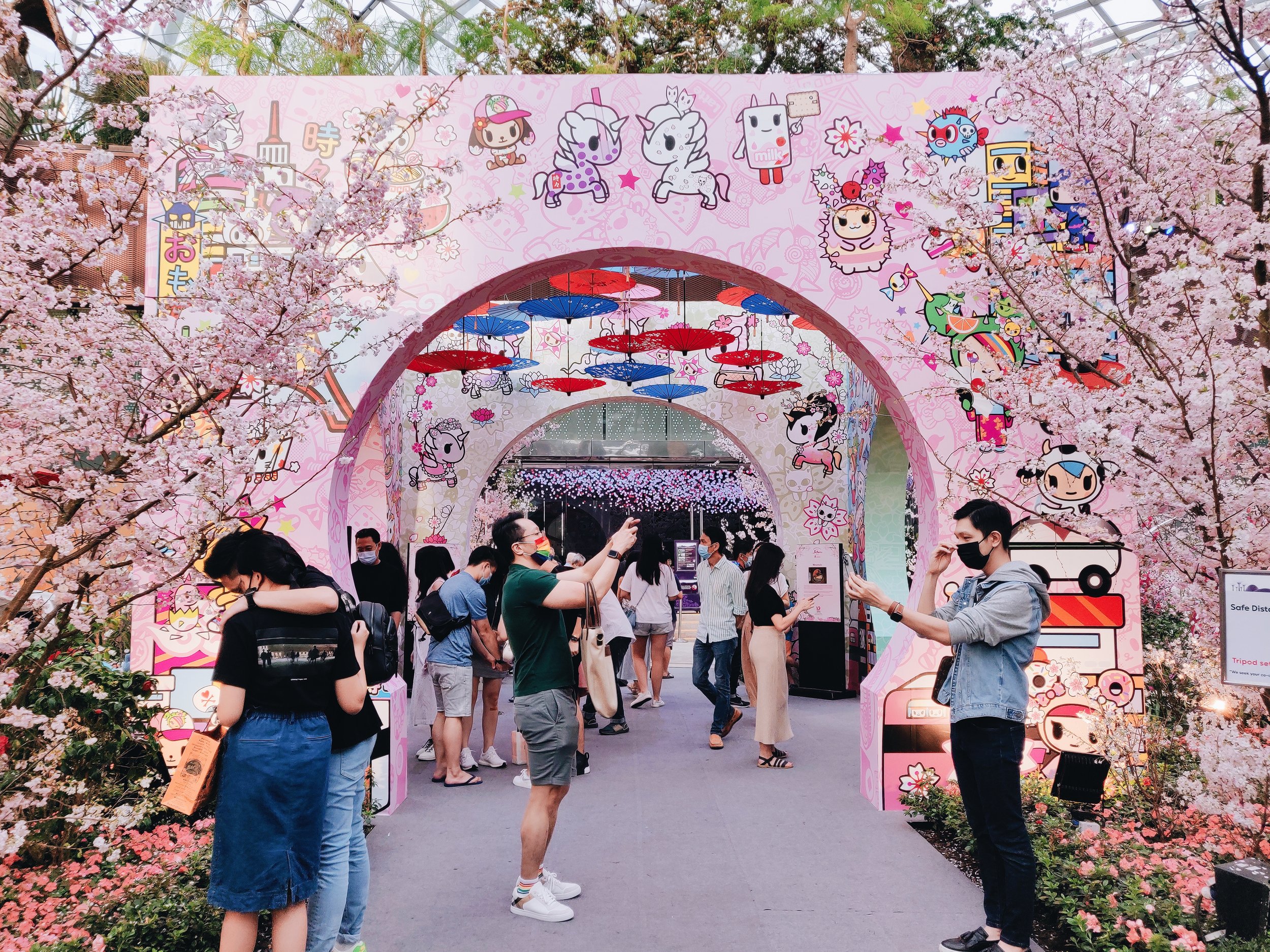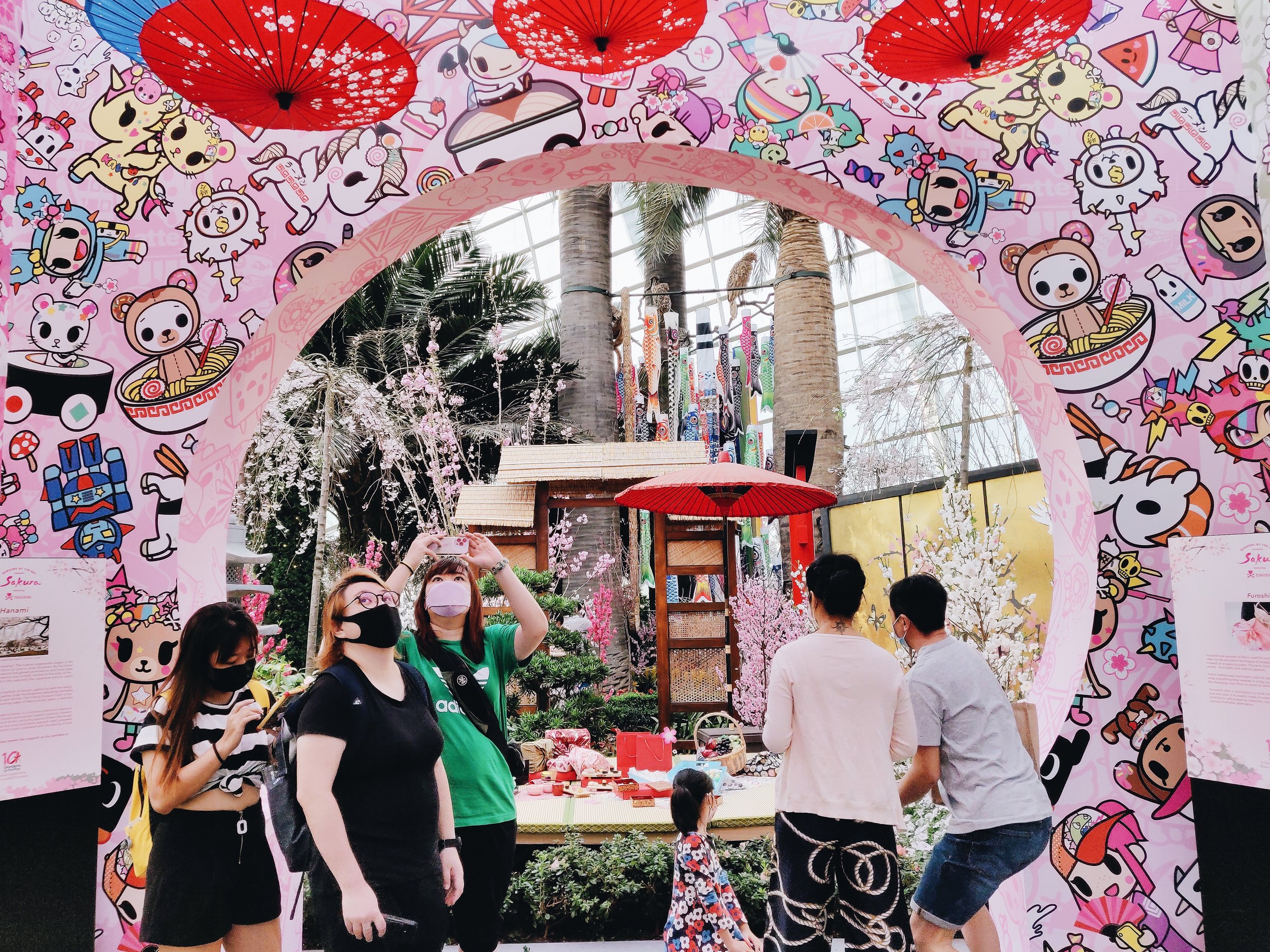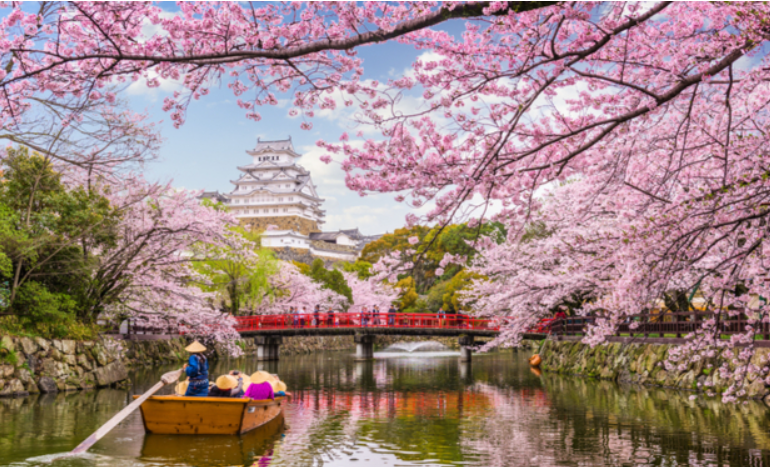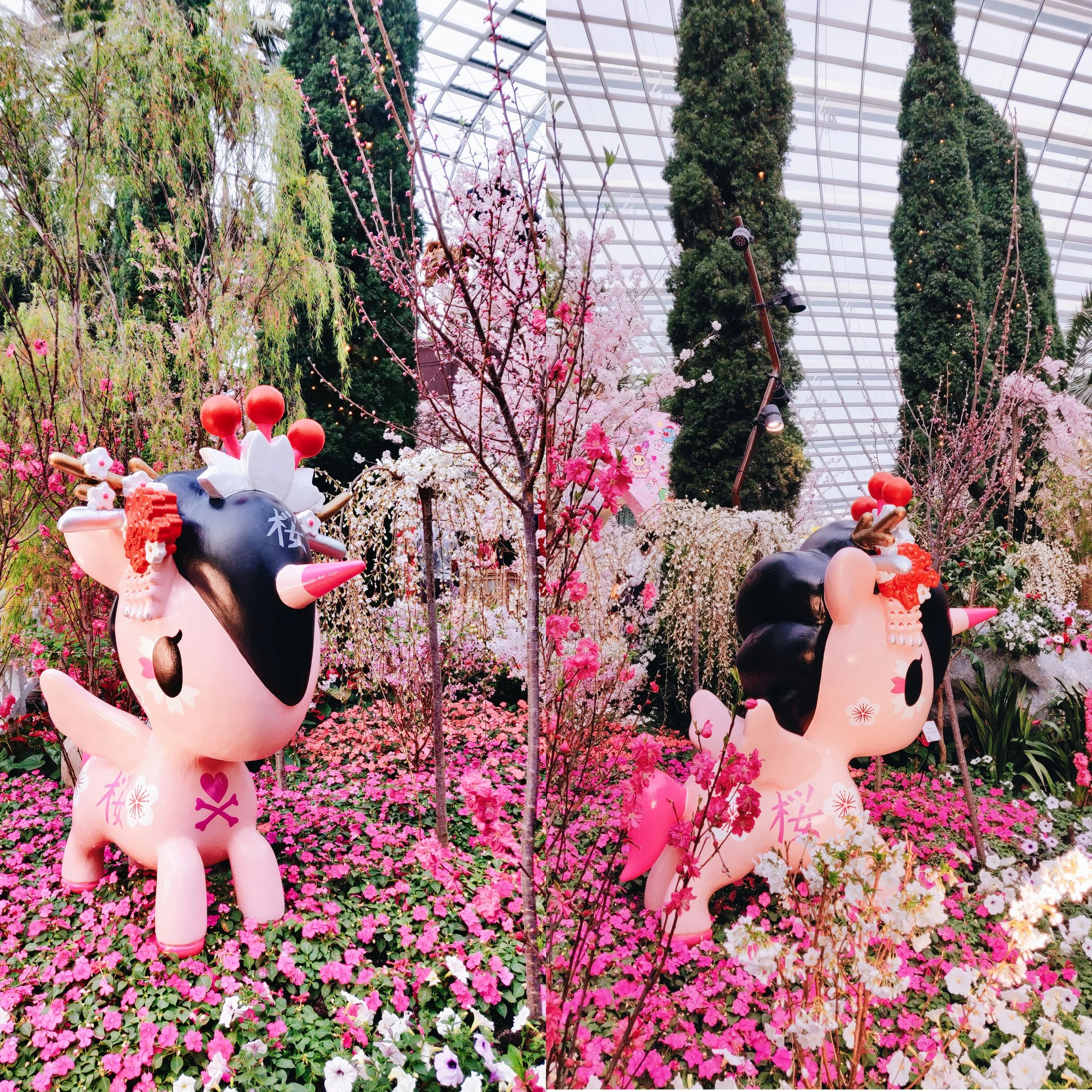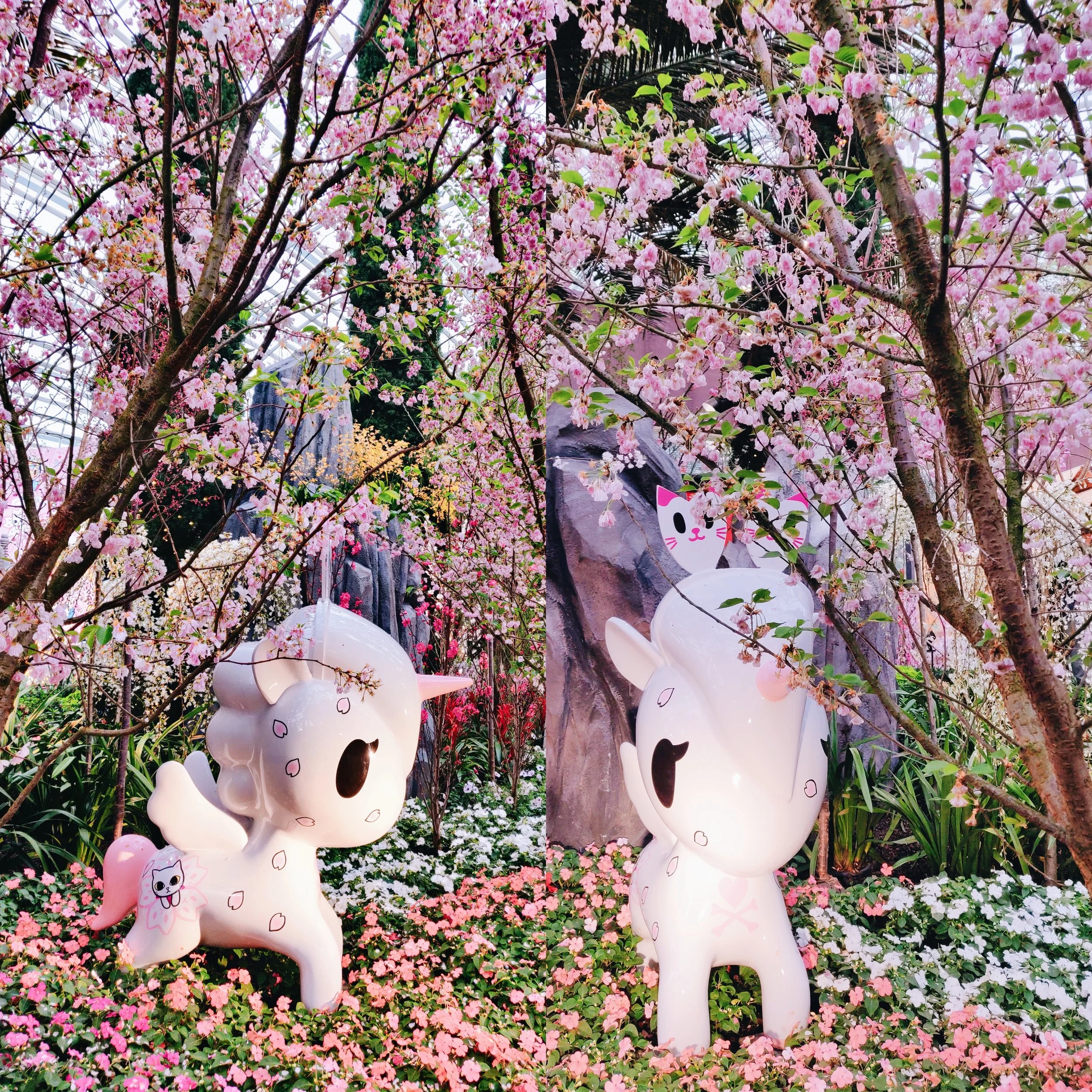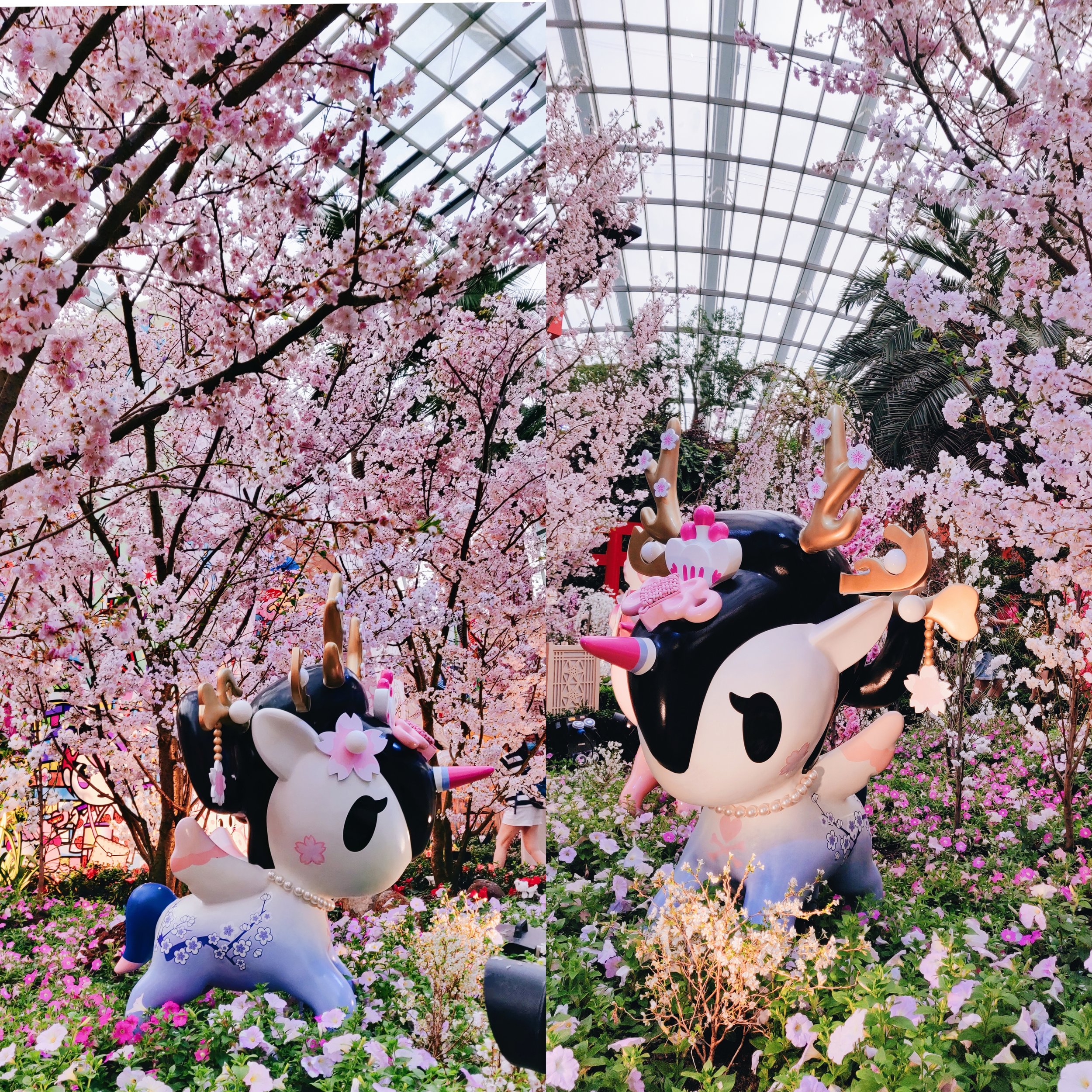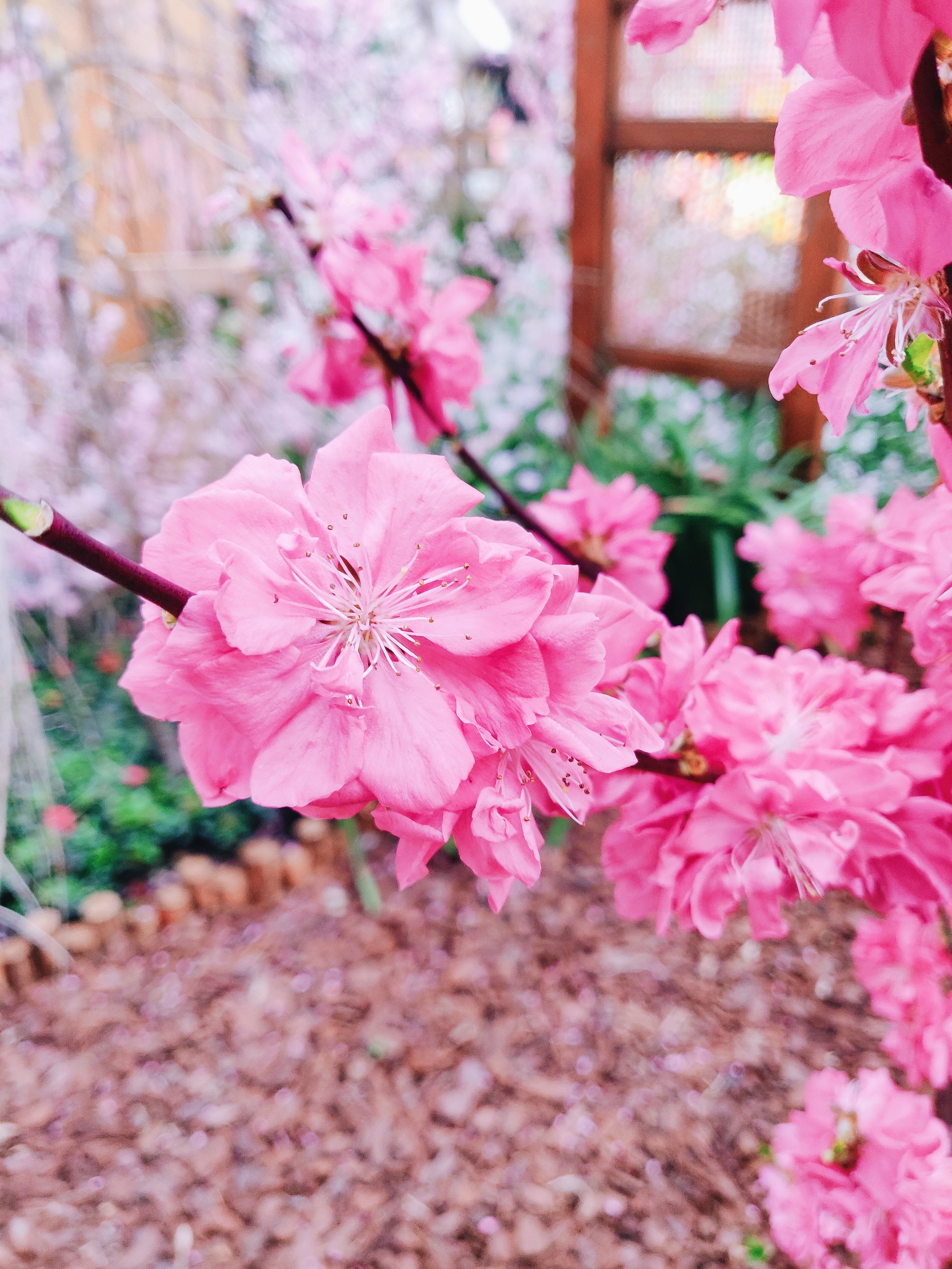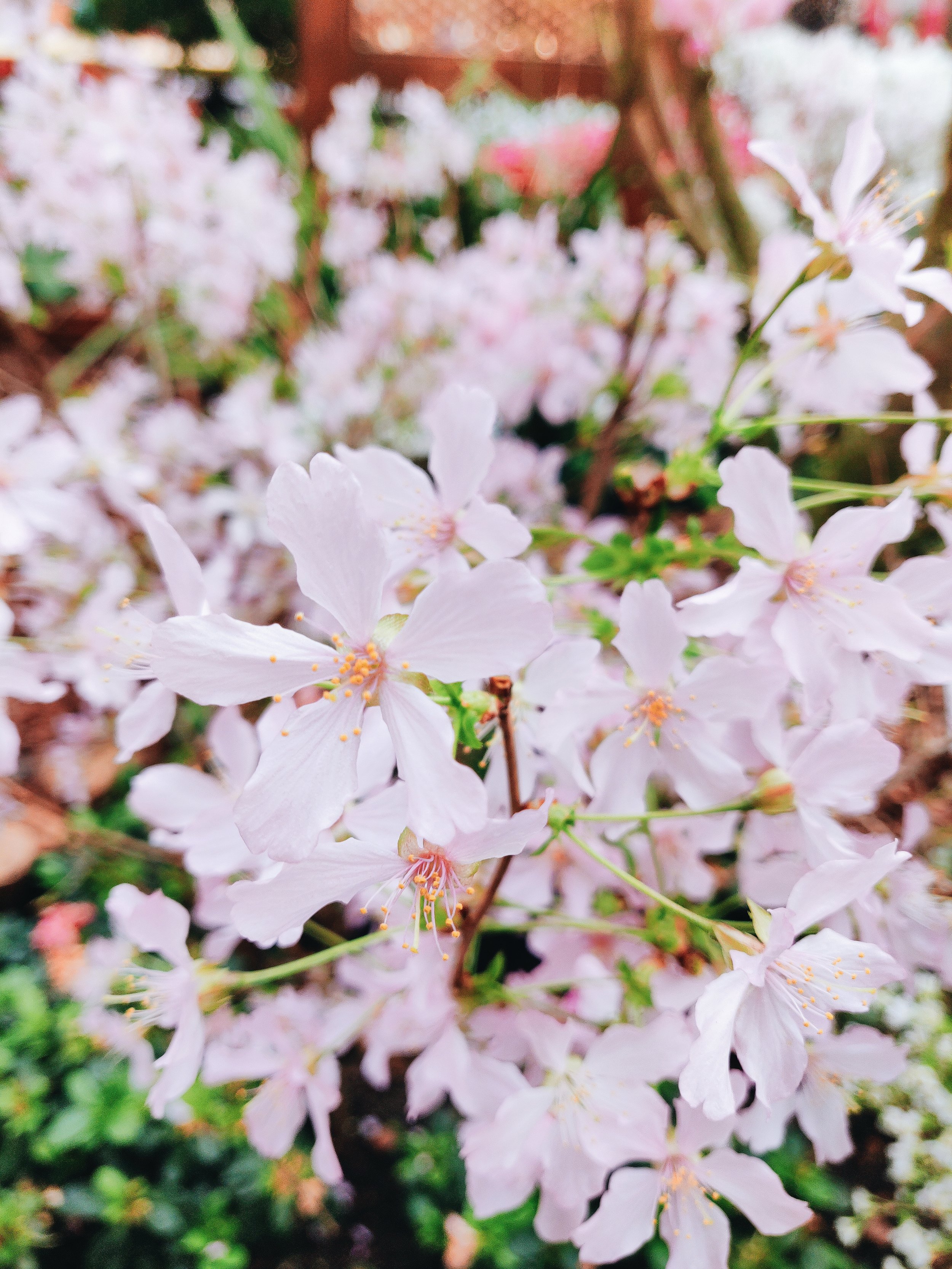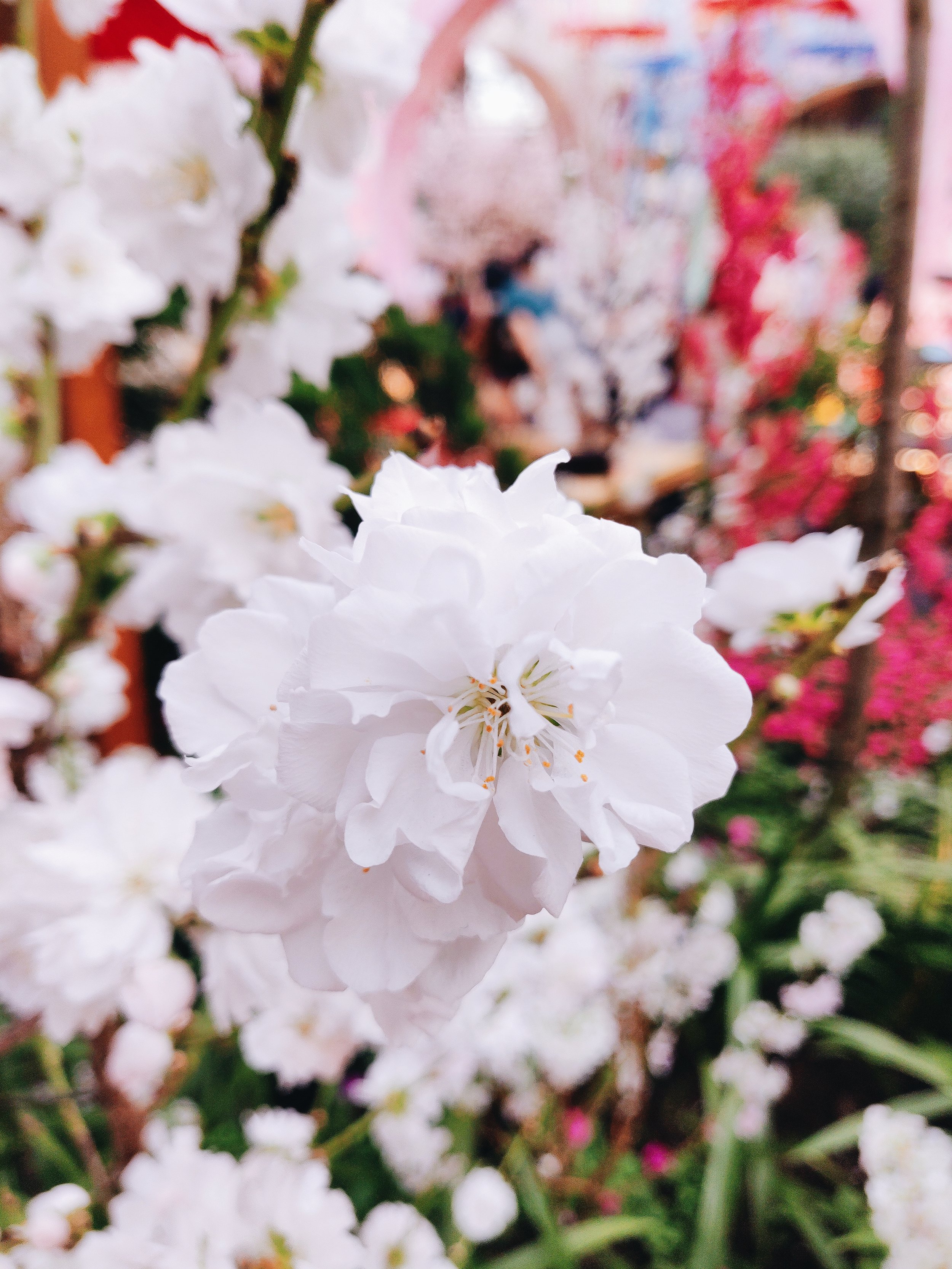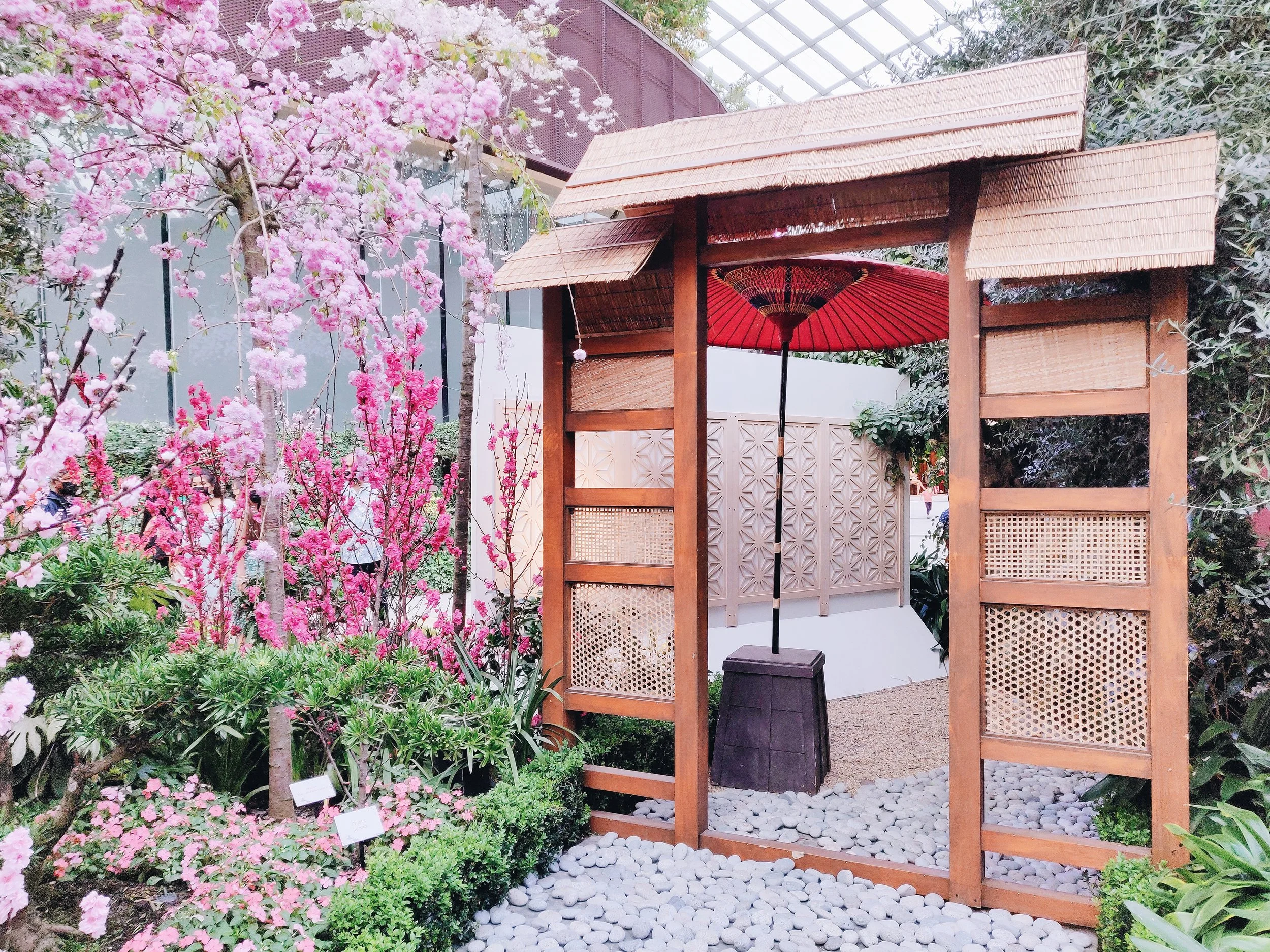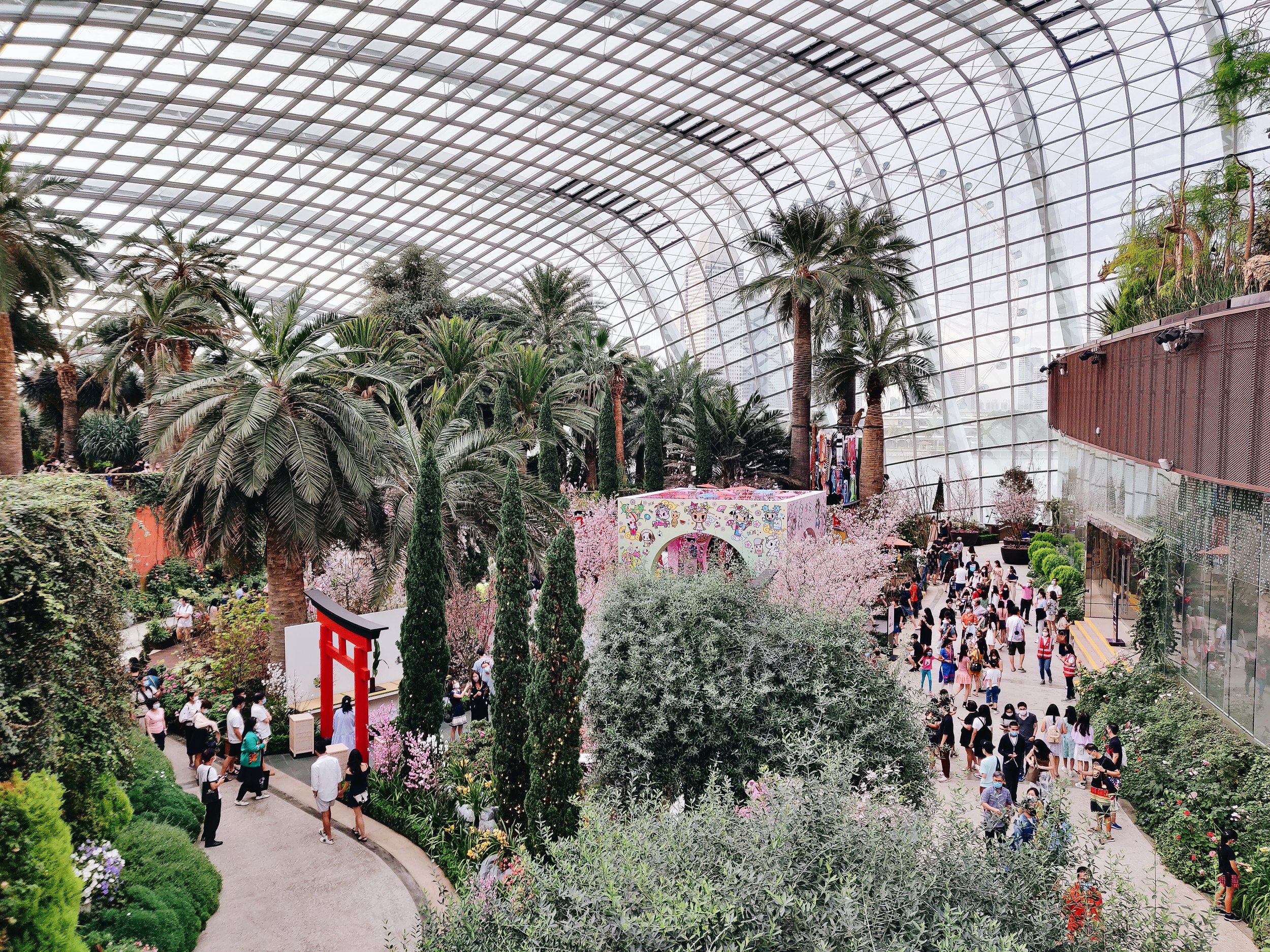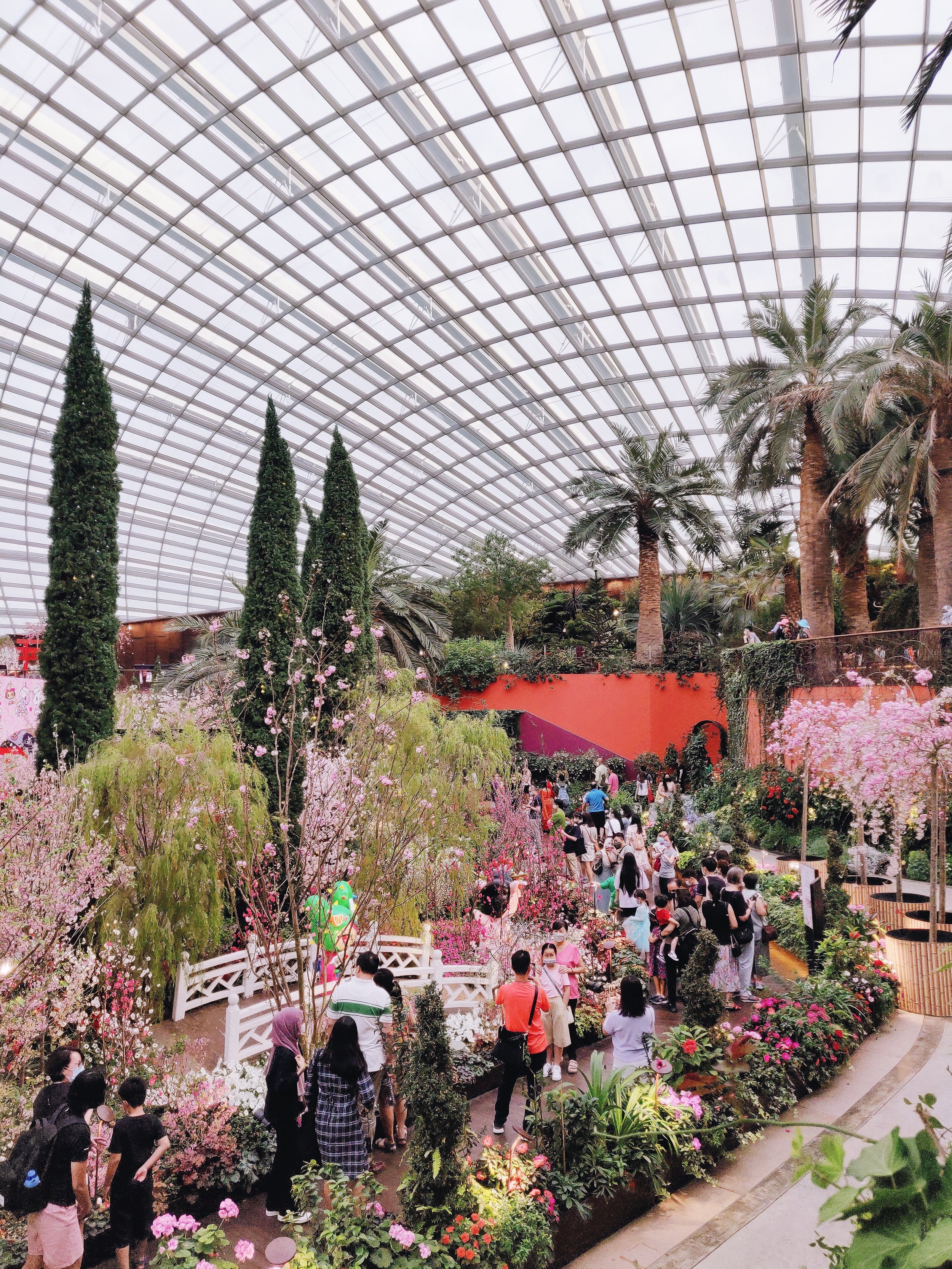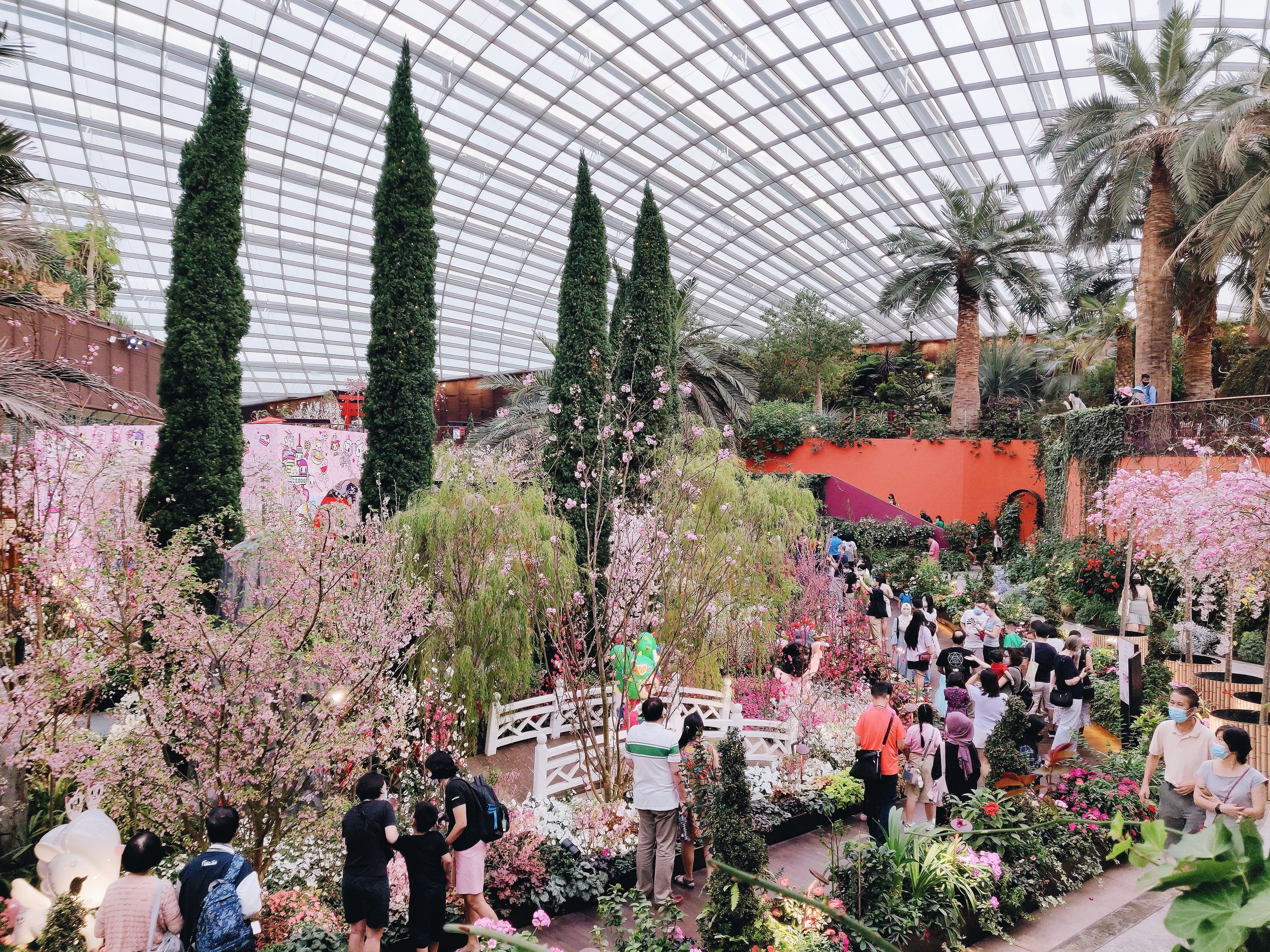Sakura Matsuri 2022: Featuring Kawaii Tokidoki & Cherry Blossoms At Gardens By The Bay
Yearning to go to Japan but unable to? Experience Sakura Matsuri & Hanami at the heart of Singapore
I’m talking about this Hanami.
Not this Hanami.
ANYWAY, I’ve always been looking forward to the Spring season because that’s when Gardens By The Bay have their seasonal Sakura display in the Flower Dome! One of the reasons why I love Sakura flowers is because of its symbolism to the fleeting nature of life. More on Sakura and Japanese culture facts later alongside my visual journey through these kawaii displays.
In its seventh edition of Sakura display and 10th anniversary, Gardens By The Bay invites characters from Japanese-inspired lifestyle brand tokidoki. Five magical Unicornos - Fubuki, Ichiyo, Haru & Harumi, Yoshino and Sakurako - join the ever-popular characters SANDy and Donutella in dotting the landscape that recalls springtime Japan.
I’m taking you with me through several highlights from the beginning to the end of this ephemeral beauty of Sakura display. We’ll spot the colourful tokidoki characters in a landscape featuring torii gates, hanami settings, Japanese floral art by Ikebana International Singapore, a display of Japanese carp streamers known as koinobori on loan from the Japanese Association, Singapore and many more!
Torii Gates
A torii is a traditional Japanese gate, usually located at the entrance of Shinto shrines. It marks the transition from the profane to the sacred, though it is also sometimes simply used to denote a place that has deep religious meaning. It signals entrance into a hallowed space, and it is customary to bow one’s head before passing beneath it.
Hanami
Donutella enjoying Japanese sweets such as wagashi and hanami dango while she partakes in her own hanami celebration
Hanami literally means “flower viewing”. The custom supposedly began in the Nara Period (710 to 794) with ume or plum blossoms, but moved on to cherry blossoms by the Heian period (794 to 1185). Since then, Hanami has been synonymous with Sakura. The practice was initially limited to the elite of the Imperial Court, but soon spread to the samurai and the common people.
Today, Japanese continue the tradition of Hanami, gathering with family, friends and colleagues for parties under the flowering trees along riversides, in parks, and on the grounds of temples and shrines. In especially famous and popular Sakura places in Japan, it is common practice to reserve a picnic spot in advance.
Hanami celebrations usually involve eating and drinking, and playing and listening to music. Special dishes such as hanami dango, a Japanese sweet, and bento, are prepared for the occasion. Sake is also drunk during the cheerful feast.
What is so special about Sakura (cherry blossom)?
Cherry blossoms hold such appeal in Japanese culture, because of what they symbolize: a time of renewal, the fleeting nature of existence, the impermanence of beauty, the essence of the moment, and much more. All of these concepts have been cherished in Japan since the days of antiquity.
Source: Live Japan
Marumado
Circular windows, called marumado, feature in traditional Japanese architecture and have different forms and functions. Some are cut into walls and covered with lattice, while others have sliding or hanging screens. They are used to present a part of the scenery outside, or for light and ventilation.
Regardless of its use, marumado are a subtle design element, serving to break the monotony of straight lines and angles, creating a more welcoming space.
Wagasa
Wagasa or Japanese umbrellas were first introduced to Japan from China at the beginning of the Heian period (794 to 1185).
The earliest form of wagasa umbrellas were used to protect members of the imperial family and aristocrats from sunlight and evil spirits, rather than from rain. They also could not be folded together. The folding structure was an innovation that occurred later in the Azuchi Momoyama period (1568 to 1603). By the middle of the Edo period (1603 to 1868), umbrella production had developed into a series of craft processes, and it rose rapidly as umbrellas became a popular possession of the common people.
Wagasa have long been a popular fashion accessory and for centuries, an essential element in Japanese tea ceremony, kabuki (a classical form of Japanese dance-drama) and other important forms of traditional Japanese culture.
Sakura as a symbol of love
In China, where there is also an abundance of cherry blossom trees, Sakura symbolizes love and femininity.
While this meaning hasn't translated directly to Japan, the Sakura tree stands for love in more subtle ways: love for the life you have, love for the brief time that you are privileged to have it, and love for being able to appreciate such moments of beauty.
Source: Live Japan
Koinobori
Koinobori, meaning “carp streamer” in Japanese, are carp-shaped windsocks flown in Japan from late April to early May in celebration of children, peaking on 5 May, the official Children’s Day in Japan. The word koinobori is made out of two words – koi meaning “carp” and nobori meaning “flag”. During the Edo period, flags of various colours and shapes, and some with carp pictures on them, were flown on the battlefield.
The carp symbolises courage and strength because of its ability to swim up swift-running streams and cascades, and hence carp flags were considered a symbol of success and advancement.
Families have traditionally flown koinobori from their homes in honour of their sons, since the carp possesses traits desired in boys. Today, it is raised in honour of all children to wish them well.
Ikebana
Ikebana is the ancient and traditional art of Japanese flower arrangement. The term comes from two Japanese words - ikeru meaning “to arrange, to give life”, and hana meaning “flower”.
Ikebana aims to bring out the inner beauty and grace of nature with the minimal use of floral materials. It conveys and provokes emotions through the lines, structure, and colours of the floral arrangements.
While it was reserved for the nobility and religion in the beginning, it has since expanded to become an intrinsic element of Japanese society. A vibrant and evolving art form, it now includes elements from other societies and disciplines, just as it has influenced floral art and design in countries all over the world.
Did you know?
The cherry blossom is Japan’s national flower and it appears on the 100 Yen coin – but Japan is actually not the cherry blossom capital of the world. This title is currently held by Macon, Georgia, in the USA, which is home to over 300,000 sakura trees. Japan sent the blossom trees over to the US in 1912 to represent friendship and good will.
Source: Explore!
Finally… the cute Tokodoki Unicornos!
All of them are taken as close-up shots because I want to show you clearly how they look like. Unfortunately, the downside is that you can’t get a photo right beside them because of where they are situated and the barriers in place.
The Sakura floral displays at Flower Dome, Gardens By The Bay usually takes place in March - April every year. I’m already looking forward to the next one! If Sakura is your favourite flower too, let me know in the comments please.
Where To Get Your Tickets
The Sakura Matsuri 2022 exhibition takes place from 4 March to 3 April, 9 am to 9 pm at the Flower Dome. Usual admission charges apply.
Get more details here or book tickets to both the Flower Dome and Cloud Forest here. Even better, get freebies & discounted deals by booking your tickets via Klook here!
Share this article with someone you know who’s interested in experiencing such Japanese festivals here in Singapore. Let’s bask in these flower fields together╰(◡‿◡✿╰)
Acknowledgements: Japanese culture display facts extracted from Gardens By The Bay
Enjoy reading our culture listicles? Read these next!



